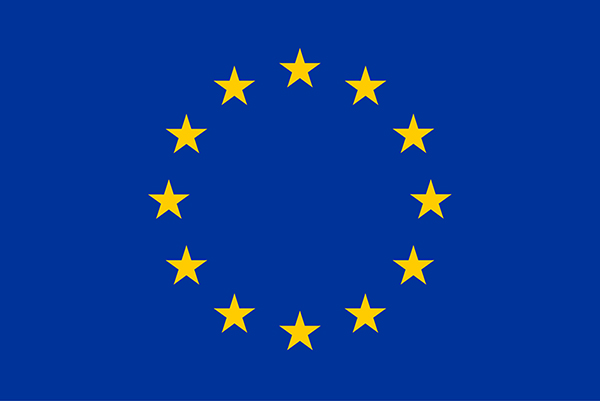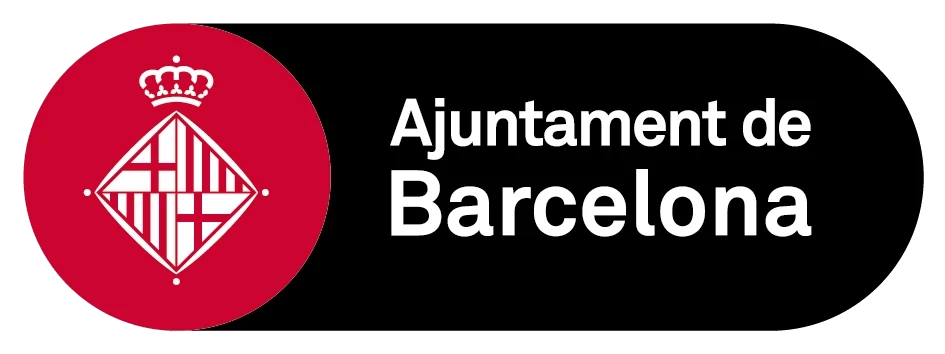Sobre els partners
Qui està desenvolupant el projecte SMILES?
Netherlands Institute of Sound and Vision
The Netherlands Institute for Sound and Vision is the Dutch national institute for media and culture. Through its holdings, expertise and activities Sound and Vision aims to strengthen an open and free society. Its holdings comprise of over a million hours of material ranging from radio, television, film, music games, documentaries and web video. After recently completing one of the world's most significant and most ambitious digitisation efforts, the institute reached its goal to embrace the digital fully. Today, the collections comprise over one million hours, with new material being added on a daily basis. One of the fasted growing collections is the collection of Dutch public television, for which Sound and Vision acts as a primary archive. Digitisation is prerequisite to maximise impact through supporting end-users to be inspired, educated and dedicated. Today, it offers its (born)digital holdings to a variety of end-users, including journalists, students, researchers, heritage organisations and the general public.
The 2017 merge with the Press Museum increased the commitment to support the work of journalists and highlight the importance of the free press. The institute also increased its commitment to support research in the Journalism field. By supporting a Chair at the University of Groningen and assigning researchers in residence to study trending topics. Through curating presentations in its museum and various online channels, the institute places recent developments in media in a broader societal, cultural and historical context. To this extent, it works closely together with third parties. Recent examples include explorations with journalists to explore the inner workings of fake news, with YouTube to explore the impact of web video, with Europeana to study the influence of migration in the Arts and with the Google Cultural Institute to track the beginnings of radio broadcasts. To support media scholars in their research, Sound and Vision and partners in the Exact and Humanities and Social Sciences domains developed a research environment, allowing various distributed collections to be explored and analysed.



